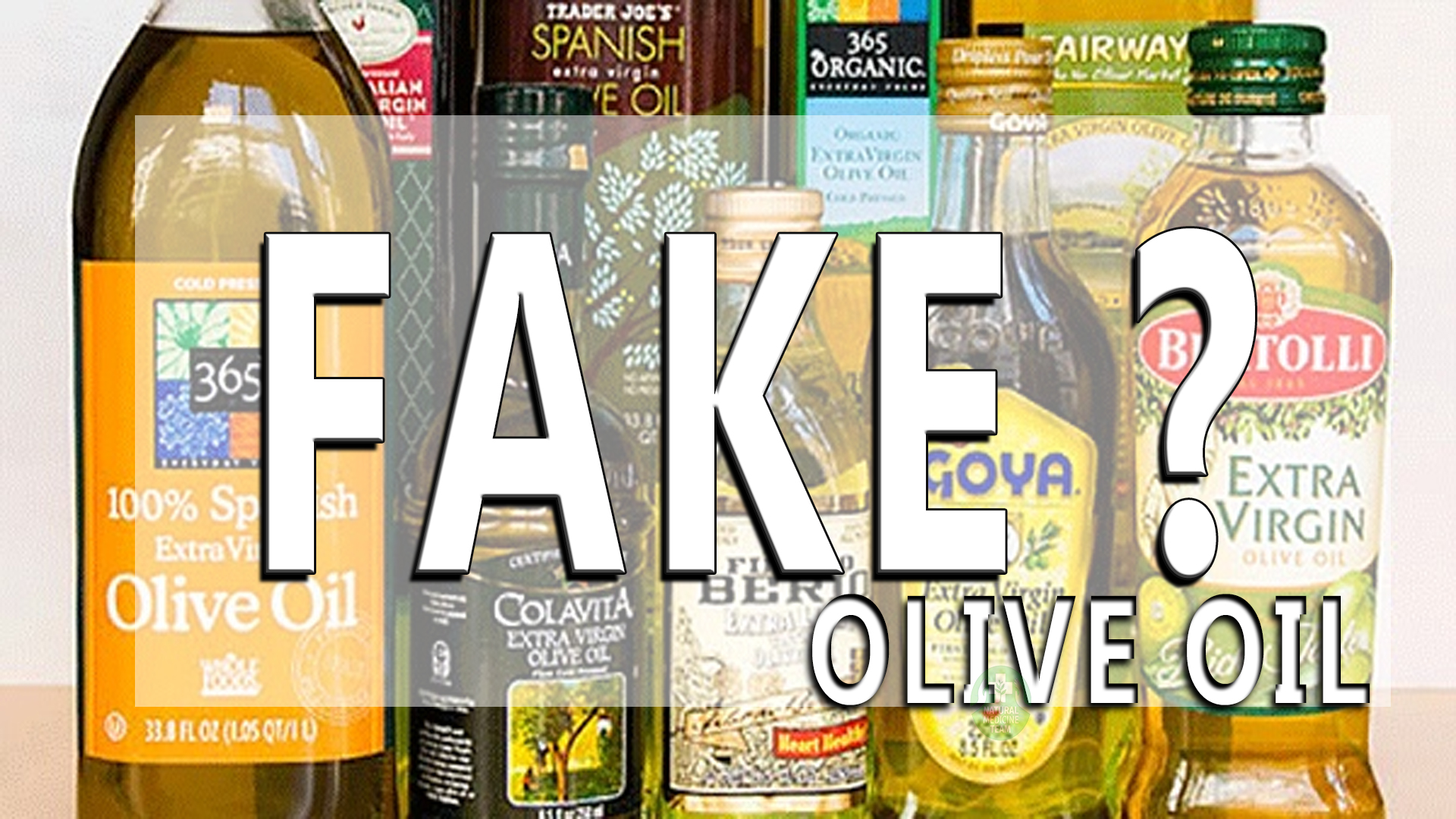Olive oil is healthy and we all know that. It is rich in monounsaturated fatty acids which lower the risk of heart disease, high blood pressure, and stroke. Also, it fights osteoporosis, helps with depression, and prevents skin cancer. But, this doesn’t mean that olive oil is always of the highest value.

The truth is that the majority of olive oils on the market are not good quality!
How Olive Oil is Made
When the olives are picked off the trees it is very important to store them in shallow containers. Otherwise, they will crush each other which will lead to oxidation and fermentation (a bitter taste).
Next comes the process of pressing. Large stainless tell rollers grind the olives into a paste, which is then stirred with water, which allows the oil molecules to combine. Before the paste is placed in a centrifuge, a process of stirring occurs for up to 40 minutes. With the use of centrifugal power, the oil is separated from the rest of the mixture.
Finally, the oil is stored in a stainless steel container at 65 degrees Fahrenheit, then bottled and shipped off!
Good Qualities
- Pungent
Another sign of freshness and an indication that there are antioxidants present in the oil. You should feel it in your throat but this small sting should not linger.
- Fruity
Olives are a fruit, so your olive oil should have a degree of fruity flavor. The overpowering taste should not be heavy, it should be fresh.
- Bitter
The bitterness of olive oil means the fruit is crisp and fresh, so this is a good sign. Less bitter taste should be a sign of age.
Bad Qualities
- Metallic
This means the oil had prolonged contact with metal containers or tools.
- Moldy
This could mean that the oil was stored at incorrect temperature for an extended period and that’s a place where bacteria and fungi could have grown.
- Vinegary
This is a bad quality sign which shows that the olives have fermented. The olive oil should not taste or smell like wine would.
- Rancid
Olive oil has a shelf life. The taste of old nuts and the smell of rotting meat reminiscent of how bad olive oil could taste like.
Other tests
In order to ensure that it is certified 100% extra virgin olive oil, you should check the label and also make a quick search on Google when dealing with big corporate brands. Extra-virgin oil is comprised of monounsaturated fats. They solidify when cold and if you put real extra-virgin olive oil in the fridge, it will become thick and cloudy. High-wax varieties of olive oil will even solidify completely.
Buy your olive oil locally because artisan and locally-produced olive oils have always passed every scientific test of authenticity.
